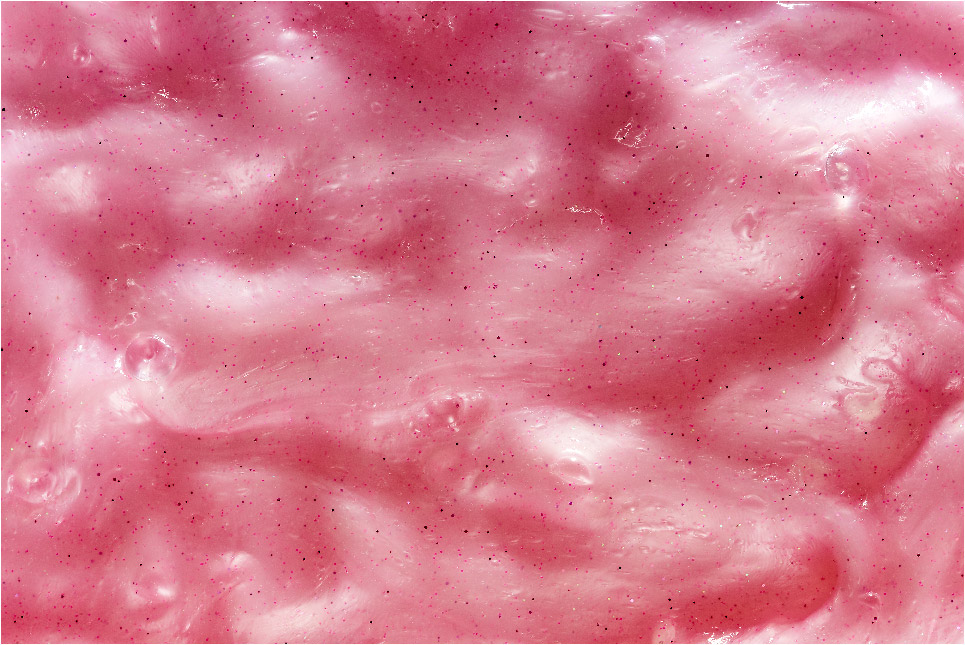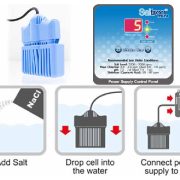
Eliminating Pink Slime from Your Above Ground Swimming Pool
A Comprehensive Guide to Identifying, Treating, and Preventing Pink Slime in Home Pools
Introduction
Pink slime is an unsightly and unwelcome guest in many above ground swimming pools. This slimy, gelatinous substance is actually a type of bacteria called Methylobacterium. Pink slime can form on pool surfaces, equipment, and inside pipes, leading to issues such as poor water circulation, unpleasant odors, and an unappealing swimming environment. In this article, we will guide you through the process of identifying, treating, and preventing pink slime in your above ground swimming pool.
Identifying Pink Slime in Your Swimming Pool
Pink slime can appear as a pink or red slimy film on pool surfaces, such as walls, floors, ladders, and steps. It can also be found inside skimmer baskets, pumps, and filters. Pink slime typically thrives in areas with low water circulation and tends to be more prevalent in pools with high phosphate levels or inadequate sanitation.
Treating Pink Slime in Your Above Ground Swimming Pool
- Remove Visible Pink Slime: Begin by manually removing as much visible pink slime as possible using a pool brush, skimmer net, or a cloth. Be sure to clean all affected surfaces and equipment, including skimmer baskets, pumps, and filters.
- Shock Your Pool: After removing the visible pink slime, shock your pool using a high-quality pool shock treatment. Follow the manufacturer’s instructions for the proper dosage and application procedure. Shocking your pool helps eliminate bacteria and other contaminants, including pink slime.
- Balance Your Pool Water: Test and adjust your pool water chemistry to maintain optimal levels:
- pH: 7.2-7.8
- Total Alkalinity: 80-120 ppm
- Free Chlorine: 2-4 ppm
- Calcium Hardness: 200-400 ppm
- Remove Phosphates: High phosphate levels can contribute to the growth of pink slime. Use a phosphate remover to reduce phosphate levels in your pool, following the manufacturer’s instructions for the proper dosage and application procedure.
- Vacuum and Brush Your Pool: Thoroughly vacuum and brush your pool to remove any remaining pink slime and debris. Pay special attention to areas where pink slime was previously present.
- Clean Pool Equipment: Disassemble and clean any affected pool equipment, such as skimmer baskets, filters, and pumps, to ensure all traces of pink slime are removed.
Preventing Pink Slime in Your Above Ground Swimming Pool
- Maintain Proper Water Chemistry: Regularly test and adjust your pool water chemistry to maintain a balanced and sanitary swimming environment.
- Maintain Sanitizer Levels: Ensure your pool’s sanitizer levels are within the recommended range, whether you use chlorine or an alternative sanitizer.
- Regular Pool Maintenance: Perform routine pool maintenance, including vacuuming, brushing, and skimming, to prevent the accumulation of debris and contaminants that can contribute to pink slime growth.
- Manage Phosphate Levels: Regularly test and control phosphate levels in your pool using a phosphate remover to discourage pink slime formation.
- Improve Water Circulation: Ensure your pool’s pump and filter system is working efficiently to maintain proper water circulation, which can help prevent pink slime growth in low-flow areas.
Conclusion
While pink slime can be an unwelcome nuisance in your above ground swimming pool, with proper identification, treatment, and prevention techniques, you can effectively eliminate and prevent its return. By maintaining a balanced and clean swimming environment, you can enjoy a clear, sparkling pool free of pink slime and other contaminants, providing endless hours of fun and relaxation for you and your family.




